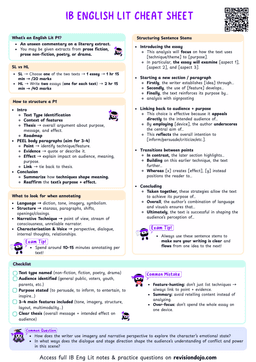Tyrosine Kinase Receptors Mediate Growth, Metabolism, and Differentiation Signals
- Transmembrane receptors are proteins that span the cell membrane, allowing them to transmit signals from the outside to the inside of a cell.
- One important class of these receptors is the tyrosine kinase receptors.
- These receptors play a critical role in cellular communication, especially in processes like growth, metabolism, and differentiation.
Tyrosine kinase receptors
A class of transmembrane receptors that have an enzymatic domain capable of phosphorylating tyrosine residues on themselves or other proteins, initiating a signaling cascade inside the cell.

Insulin Regulates Blood Glucose by Promoting Cellular Glucose Uptake
- Insulin is a peptide hormone produced by the pancreas.
- It regulates blood glucose levels by promoting the uptake of glucose into cells, especially in muscle and fat tissues.
- Insulin is a peptide hormone, meaning it is made up of amino acids and is hydrophilic.
- This prevents it from crossing the cell membrane, so it relies on a receptor to convey its signal.
Structure of the Insulin Receptor
The insulin receptor is a transmembrane protein composed of two main parts:
- An extracellular domain that binds insulin.
- An intracellular domain with tyrosine kinase activity.
- The insulin receptor is a dimer, meaning it consists of two identical subunits.
- This structure is crucial for its activation.
Binding of Insulin to Its Receptor
When insulin binds to the extracellular domain of its receptor, it triggers a series of events:
- Dimerization: The two subunits of the receptor come together, forming a dimer.


